It sounds like your standard invasive species narrative: Mongoose is introduced to island to control pests, mongoose instead eats native species.
And that’s true, at least in part.
Conservationists have long regarded mongooses as an enemy to native wildlife and ecosystems. Undoubtedly, they are a threat to some species. But they may not be a threat to others. The fact is, mongooses are elusive and difficult to study.
Sometimes they outwit live traps, as this camera trap footage demonstrates:
What do we actually know? What are their actual impacts on native wildlife? And what do we do about that?
To answer these questions, I looked to the man who has spent nearly 35 years studying them, handling thousands of the animals in the process. I looked to Buzz Hoagland.
Donald “Buzz” Hoagland, chair of the Department of Biology at Westfield State University, became smitten with mongoose as a University of Vermont student studying evolutionary biology, and he has stuck with the animal ever since.
“Mongooses long ago captured my intellectual heart, and continue to do so,” he says.
Hoagland has studied mongoose biology, not mongoose management — but he believes it’s impossible to responsibly manage mongoose populations without understanding the animal’s biology and ecology. And its tangled history with humanity.
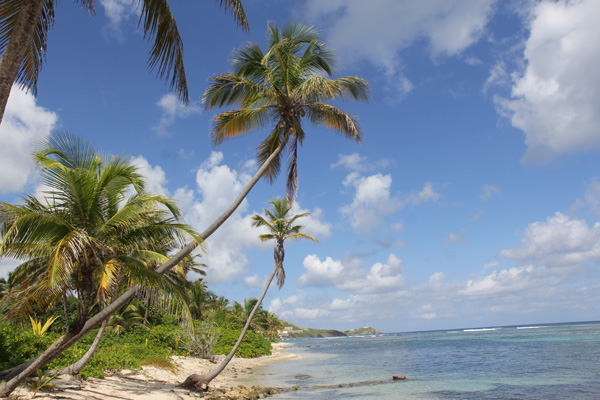
The Mongoose Comes to the Island
In the mid-1800s, sugar plantation profits were sagging. Plantation owners on Jamaica knew why, or least thought they did: rats.
They sought the perfect rat trap: something that would eliminate great numbers of the pests, cheaply and with little oversight.
In India, British colonialists witnessed a small carnivore eating rats quite effectively. The small Indian mongoose (Herpestes javanicus) tolerated humanity and a wide range of habitats and had a seemingly voracious appetite.
Perfect rat trap: Found.
In the early 1870s, plantation owners brought nine small Indian mongooses to Jamaica. They were released. Plantation profits went up. The mongoose is an agricultural hero! Just think what it could do for other islands!
Important point here: Correlation does not imply causation. This will not be the last time this phrase plays a role in this story.
Changing management of plantations likely played a bigger role in increased profits. Rats, after all, are nocturnal, and mongoose, diurnal. Rats are also crafty – able to adapt quickly to predators.
No matter. Prevailing opinion had already proclaimed the mongoose a winner. The succeeding generations of those initial nine mongooses stormed the world – being spread to other Caribbean and Hawaiian islands.
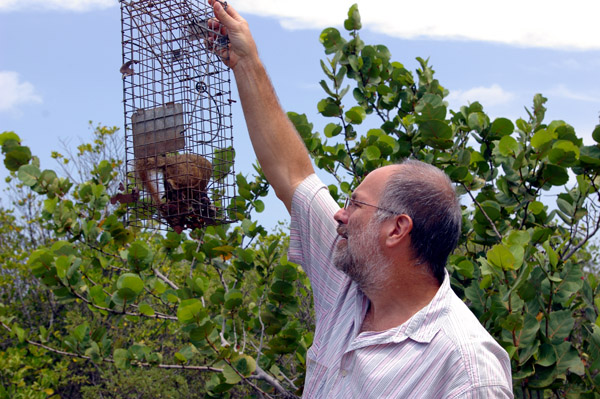
Wildlife Villain, Or Scapegoat?
In India, mongoose live alongside some 60 other carnivores, from jackals to hog badgers to tigers. On Caribbean and Hawaiian islands, they found an environment free of mammal predators.
“They seem to be able to adapt to lots of different kinds of environments as long as they don’t have competition,” says Hoagland. “They eat just about anything. They have a very good ability to conserve water.”
Hoagland has captured old mongoose with teeth worn down to tiny nubs, and the animals are still healthy. “I don’t know any animal that could survive that, except humans,” he says.
By now, if you’re familiar with invasive species, you can probably do the math:
Adaptable predator + naïve prey – competition = Ecosystem disaster
Since mongoose were introduced, a lot of native wildlife has been endangered, or disappeared. Ground-nesting birds. Lizards. Sea turtles.
This track record might place the mongoose among the world’s most notorious invasive species.
But here’s that phrase again: Correlation does not imply causation.
Just as there may have been more behind sugar plantation profits than mongoose, so too there might be more behind island species declines.
“It’s much too easy to blame a carnivore like a mongoose,” says Hoagland. “Each island is a different situation. Interactions between species are different. There is a lot more going on with mongooses than a simple story can tell.”
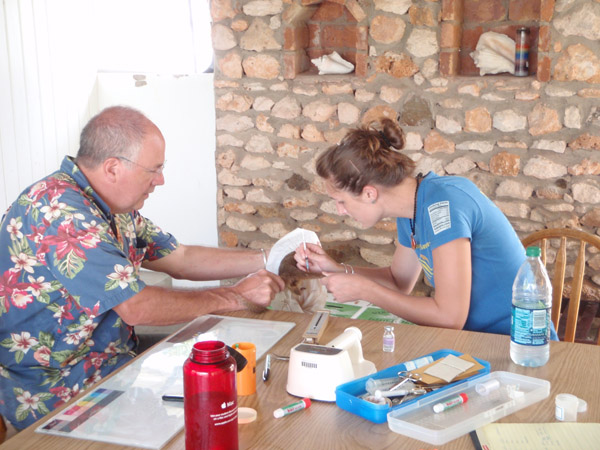
He notes that many island birds contracted disease from introduced mosquitoes – a critical factor in their declines and disappearances. In other situations, such as the decline of native lizards, the case against the mongoose is circumstantial.
Does this mean the mongoose is a benign presence? Not at all, and Hoagland isn’t arguing that. Especially when it comes to sea turtles.
“Mongoose are a threat to sea turtles,” he says. “They have a serious impact on hawksbill and green sea turtle nests.”
Many organizations, including The Nature Conservancy, have invested heavily in sea turtle conservation and restoration. Can anything be done to stop mongoose from decimating nests?
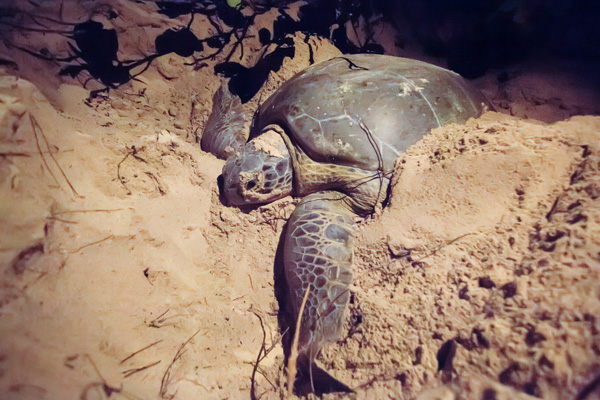
One More Threat to Threatened Turtles
Hoagland’s research involves better understanding mongoose – how they move, how they use habitat, their sex and age ratios, their habits. Some of this information can help inform conservationists in protecting turtles.
In recent years, Hoagland and his students have been capturing and tagging mongooses on the Caribbean island of St. Croix, in the U.S. Virgin Islands. Many mongooses have been captured on Sandy Point National Wildlife Refuge, protected for its sea turtle nesting beaches.
In a discrete location like this, a barrier could be feasible to protect the beach. “At Sandy Point, you could build a barrier like a moat to protect the nesting beach,” says Hoagland. “This species of mongoose does not go in water.”
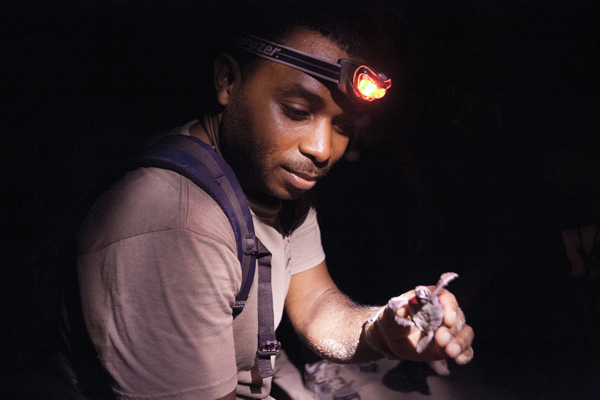
A Conservancy project where he has conducted research has also had success in protecting turtles from the predators. In the 1990s, (covered in a previous blog), only a dozen green sea turtles were found nesting on Jack and Isaac Bays.
Conservancy research revealed mongoose nest predation as a major factor, and began setting up traps around the beach at the start of each nesting season.
Richard Gideon, a rugged and outdoorsy Conservancy land steward, loads up a truck of cage traps each season and basically lines the perimeter. Baited with Vienna sausages – “They can’t resist them, ever,” he says – the traps have been successful in keeping mongoose off the beach.
The sea turtles are thriving at Jack and Isaac Bays, a notable conservation success. So why not just replicate this at turtle nesting beaches around mongoose range?
“Trapping is expensive,” says Hoagland. “It works well on a relatively affluent island like St. Croix, but what about other islands? And how many Richard Gideons are there around, willing to go out year after year?”
That’s a key point. If the Conservancy stops trapping, at any point, the mongooses come back and the turtles decline.
Hoagland also points out that it’s a mistake to view sea turtle conservation in isolation. “Yes, mongoose are a threat,” he says. “So are boat collisions, pollution, plastics and other factors. There are a lot of things behind the demise of sea turtles.”
I ask him, hypothetically, if mongoose would still be a threat if all those other issues could be solved.
“Mongooses don’t live on sea turtle eggs alone,” he says. “On a lot of islands, they eat peoples’ garbage. It’s a significant resource. So mongoose populations aren’t determined by sea turtle populations. The mongoose will opportunistically eat sea turtle eggs. If there was an uninhabited island, turtles might be able to survive mongoose predation. ”
So does that mean localized and perpetual action to protect sea turtles? Perhaps. Hoagland doesn’t believe the non-native predators can be eradicated, so continuing to develop new methods to mitigate their impacts will be essential. And that means understanding the animals better.
“There’s still a lot we don’t know,” he says. “We just keep discovering new things about them.”
That’s fertile ground for a scientist, but perhaps frustrating for a conservationist. But Hoagland encourages an approach that looks at the animal as part of current island ecology rather than a biological menace. He maintains this will offer a better way of living with these animals and a better way for conservation. That, and remembering that mongooses are not the biggest threat here.
“Habitat destruction is far more important for conservation. Invasive species are not the biggest threat humanity faces,” he says. “An adaptable, non-native species makes a convenient scapegoat. As a species, humans look for scapegoats, instead of looking at ourselves.”
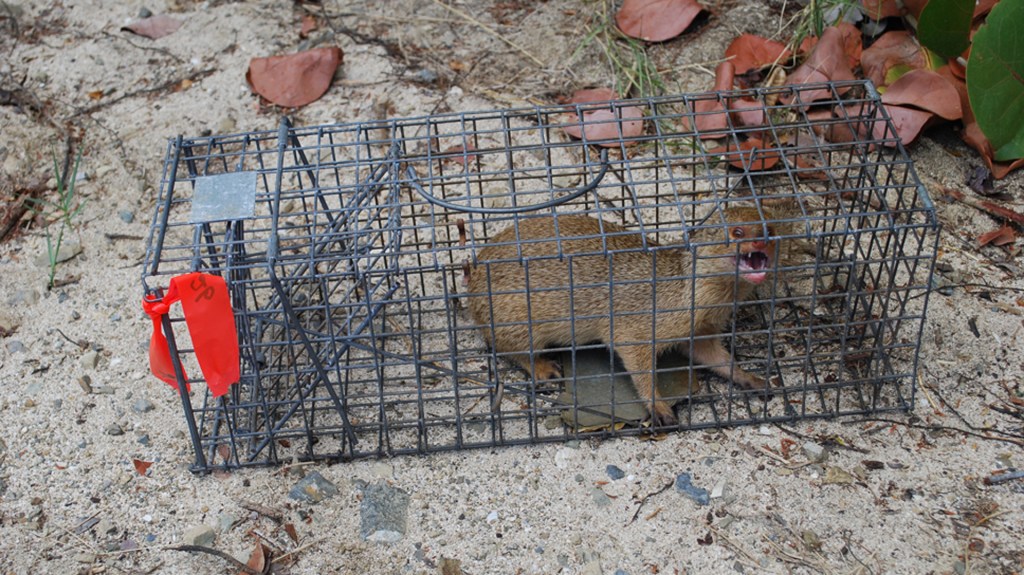



Once I saw a Mongoose kill a Cobra that was about to bite some school children and that made a Mongoose lover forever. To me the Mongoose is the most bravest and toughest little animal pound for pound on earth!
Aloha! we have a young sulcata tortoise, and recently relocated from kauai to the Big Island- so now we are concerned about the tortoise and mongoose. I can only seem to find information that the mongoose go after the turtle eggs. Does anyone know if we should be concerned for a mongoose to be able to attach our tortoise (he is about 2 years old- about 7 inches in diameter. Any information is greatly appreciated!! Mahalo!